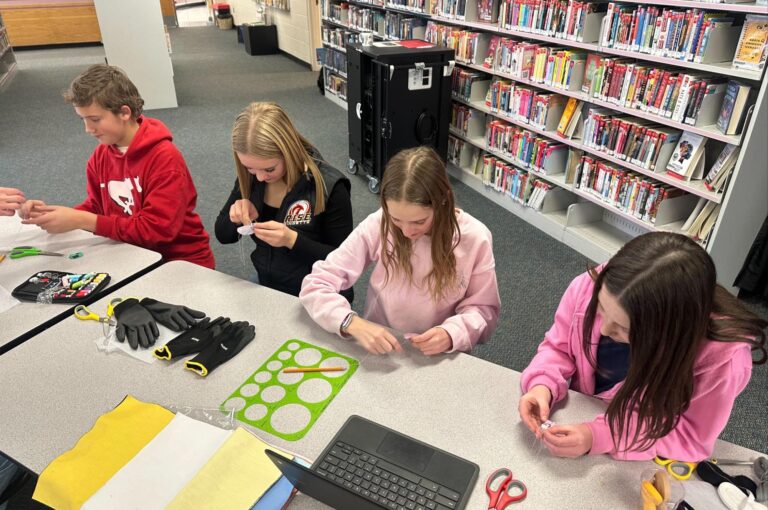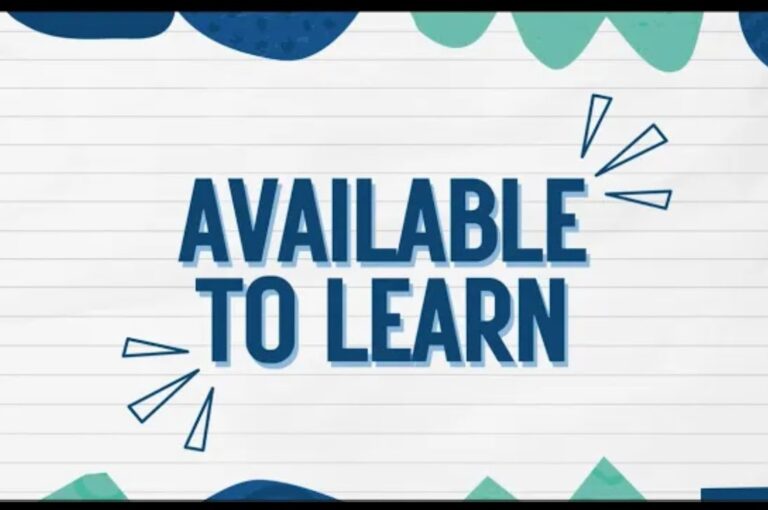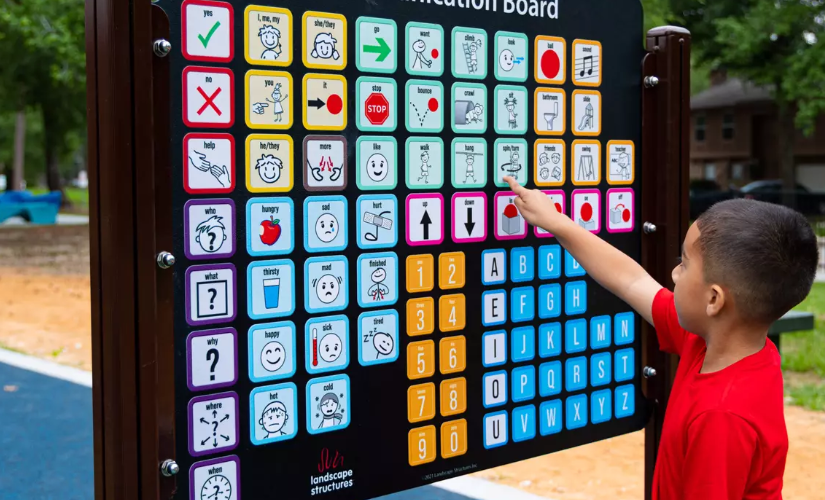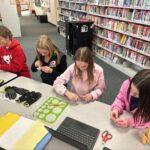Inclusive education aims to provide equal opportunities for all students, regardless of need. When it comes to students with complex learning needs, effective communication becomes a crucial aspect of their educational experience. Teachers play a vital role in creating an inclusive classroom environment that supports accessible communication. One powerful tool that can be employed is the use of core boards. This article explores the importance of accessible communication for complex learnings and provides insights into implementing a school community approach that focuses on core boards for students.
Understanding Complex Learnings
Complex learnings refer to a wide range of cognitive, physical, and communication challenges that some students may face. These challenges can include developmental disabilities, language disorders, autism spectrum disorders, and more. Such students often struggle to express their needs, thoughts, and emotions, making it essential for teachers to adopt communication strategies that cater to their unique requirements.
The Importance of Accessible Communication
Accessible communication ensures that all students have a voice in the classroom and can actively participate in their learning journey. By fostering effective communication, teachers empower students with complex learning needs to express themselves, engage in social interactions, and access educational content. Accessible communication also promotes social inclusion, self-advocacy, and independence, enabling students to become active members of their school community.
The Role of Teachers
Teachers play a pivotal role in implementing accessible communication strategies within the classroom.
Key Considerations
Knowledge and Training: Educators can receive training on various communication systems and techniques that cater to students with complex learning needs. This includes understanding the use of core boards, augmentative and alternative communication (AAC) devices, and visual supports.
Collaborative Approach: Building a school community that supports accessible communication requires collaboration among teachers, specialists, and parents. Regular communication and sharing of resources and strategies can enhance the learning experience for students with complex needs.
Implementing Core Boards:
Core boards are a powerful tool for accessible communication, especially for students who have limited verbal abilities. A core board is a communication display that consists of a set of essential words or symbols that represent a range of concepts and ideas.
Guidelines for Implementing Core Boards
Individualized Approach: Each student’s core board is tailored to their specific needs, preferences, and communication abilities. Collaborate with speech-language pathologists and other specialists to develop personalized core boards.
Consistency and Modeling: Consistency is key when using core boards. Teachers consistently model the use of core boards during classroom activities, encouraging students to use them as well. Consistent use helps students understand the purpose and functionality of the core boards.
Visual Supports: Incorporate visual supports, such as visual schedules and visual cues, to enhance the effectiveness of core boards. Visual supports provide additional context and aid comprehension for students with complex learning needs.
Regular Evaluation and Adjustments: Assess the effectiveness of core boards regularly and make necessary adjustments based on student progress and evolving communication needs. Ongoing evaluation ensures that the communication system remains relevant and beneficial for students.
Accessible communication is essential for students with complex learning needs. By adopting a school community approach that focuses on core boards, teachers can create an inclusive school environment that supports effective communication. Through collaboration, training, and individualized strategies, educators empower students to express themselves, engage in learning, and develop essential communication skills that will benefit them throughout their lives.
Resources:







